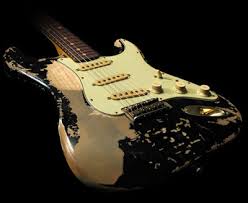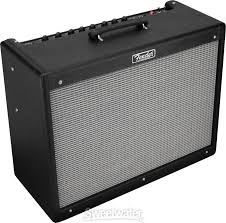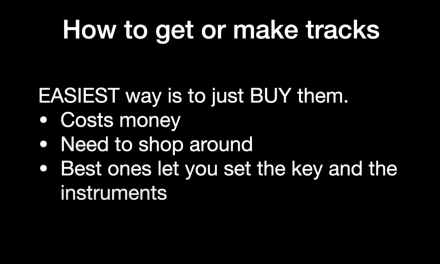As the Budget Guitarist, my mission has been to learn as much as I can about electric guitars and pass that knowledge onto others. I can’t possibly add up all of the countless hours I’ve spent reading about guitars, watching videos about guitars, working on guitars, playing them, shopping for them… you get the idea. It’s a lifelong pursuit. And I enjoy every aspect of it.
I didn’t invent this tone tip, and I’ve heard it for years, but it wasn’t until recently that I started really thinking about it and performing experiments. My experiments determined that the tip was indeed accurate. A tip that you can perform on your guitar for free, and that will add additional power to your power chords and make your notes sing out longer. Here it is:
Raise your action.
No, seriously. To increase power and sustain, raise your action. We have somehow been conditioned to believe that the better a guitar is, the lower the action. A really “good” guitar will have low action, that’s what we’ve been led to believe. Here’s where that comes from – a guitar with fantastic fretwork and an extremely straight neck with a small amount of relief will allow you to lower the strings more than a cheapie made in Indonesia. But just because you can lower your action doesn’t mean you should.
A guitar string vibrates when struck. In theory, you are picking a string from left to right (or right to left) and the string vibrates mostly sideways but with some up and down movement. In reality, most of us don’t pick perfectly from side to side. And in some cases we slant the pick slightly to increase speed. Any way you look at it, the string is vibrating up and down. Strike an open low E string. If the string comes into contact with any frets, you’ll hear a buzz. You might hear a very small buzz right after the string is struck, but then it goes away. At that point the damage has been done – the natural vibration of the string has been altered and it won’t ring as long. This is true of every note on the neck except the very highest fret.
So? So if you raise your action a little bit and eliminate any instances of the string touching any undesired frets, you can increase power and sustain, because the string is allowed to vibrate free.
I see a lot of younger players who want to play speed metal and do the whole hammer-on tap the fretboard with several right hand fingers thing. They usually play with extreme distortion that can sustain even the shittiest guitar for days. Sustain isn’t a problem for them, nor is tone or dynamics, because it’s all buried under the extreme buzzsaw distortion. Low action is very important when you’re doing a lot of legato left hand work. So this tip isn’t going to be super useful to those kids.
To be clear, I like to crank the gain on guitar solos I play because I love the way it sounds. And I do play with a lot of left hand legato, and a lot of pull-offs. And I prefer my PRS SE Custom 24 for that work, because the action is crazy low.
But when you want to play with dynamics and power, your strings need to ring out. They can’t be buzzing on the frets. Think about the intro to Back in Black. That’s not a buzzsaw distortion sound – it’s pretty much a crunch sound. It’s more powerful because it’s not as distorted. This sounds contradictory but isn’t. Part of what gives a power chord it’s “power” is dynamics. If your guitar is buried in buzzsaw, there are no dynamics possible.
Anyway, try raising your action just a bit. If you have your action raised a lot and you’re still getting fret buzz, you’ve likely got dents in your frets and you need a level/crown. If you hear buzzing on an open string, it could be your nut slot is too low. Otherwise, play some power chords and enjoy the power.





